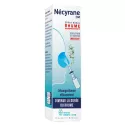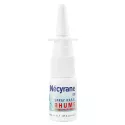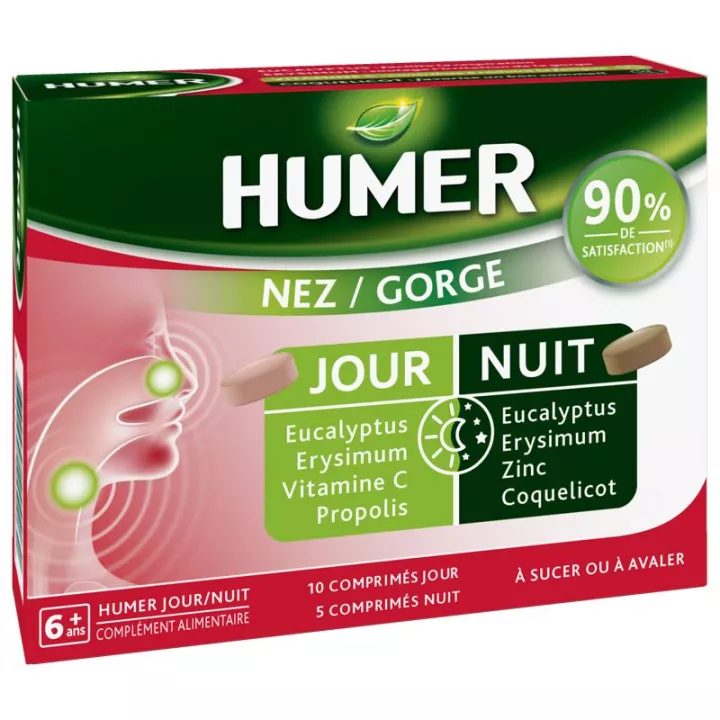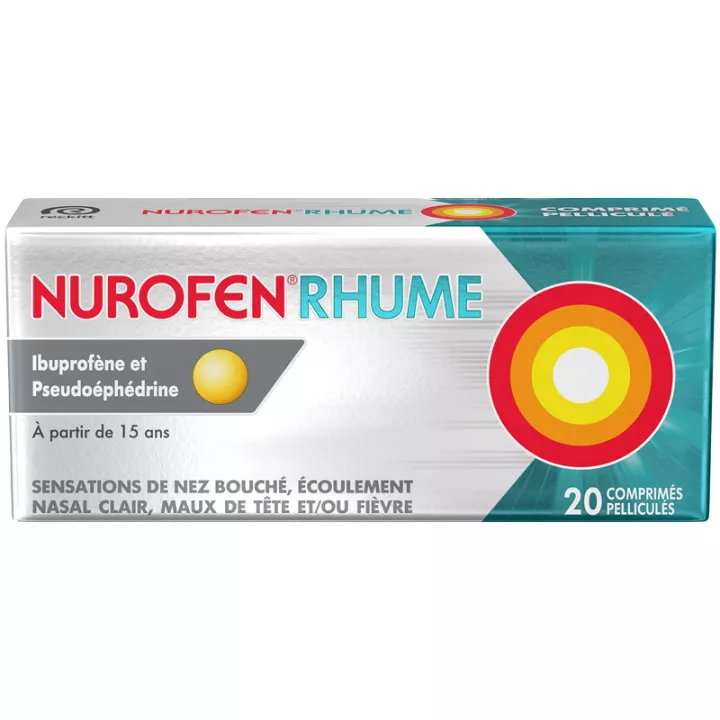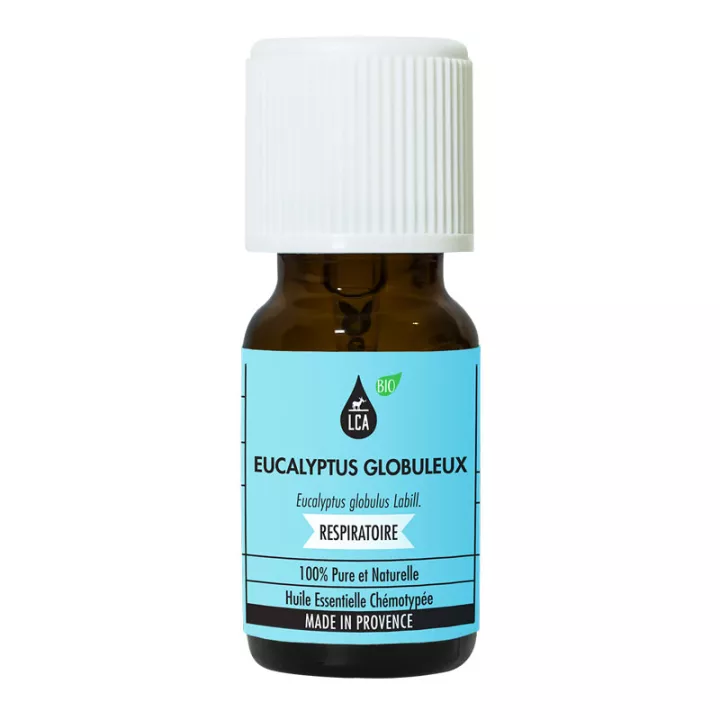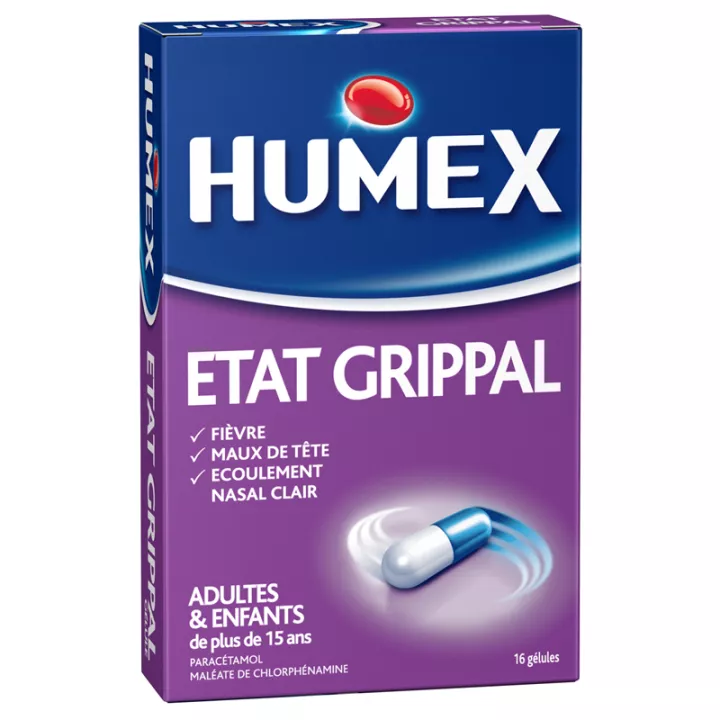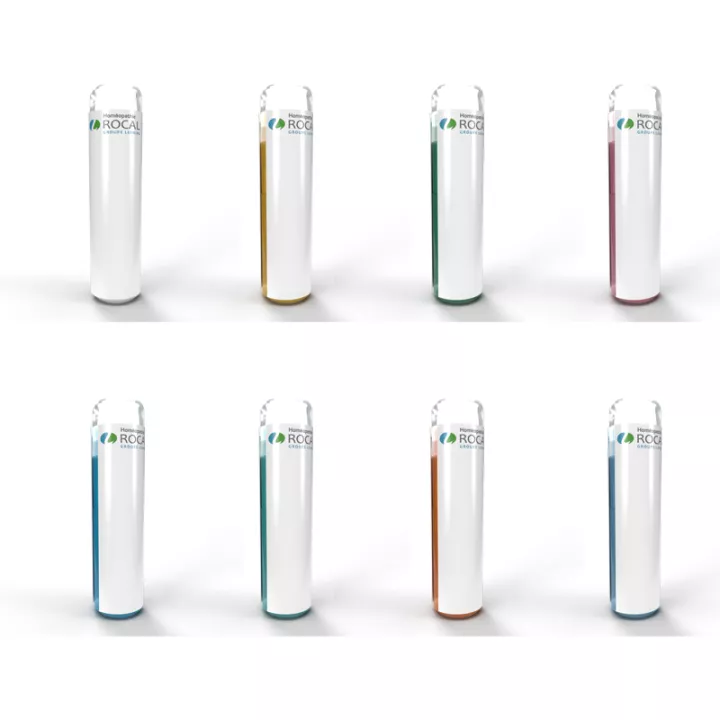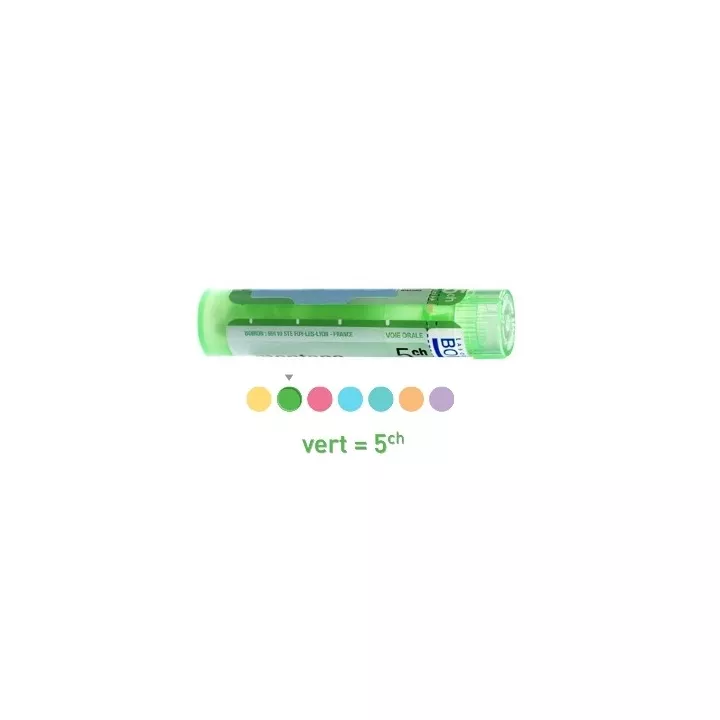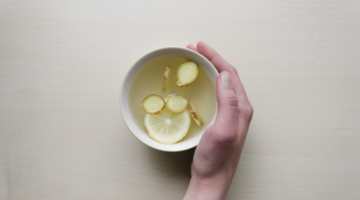NOTICE
ANSM - Last updated: 22/06/2017
Name of the medicinal product
NECYRANE, solution for nasal spraying
Magnesium Ritiometan
framed
Please read this leaflet carefully before you start using this medicine because it contains important information for you.
You should always use this medication exactly as prescribed in this leaflet or by your doctor or pharmacist.
· Keep this leaflet. You might need to read it again.
· Ask your pharmacist for advice or information.
· If you experience any side effects, talk to your doctor or pharmacist. This also applies to any side effects not mentioned in this leaflet. See section 4.
· You should talk to your doctor if you do not feel better or feel less well.
What is in this leaflet?
1. What is NECYRANE, a nasal spray solution and in which cases is it used?
2. What should I know before using NECYRANE, a nasal spray solution?
3. How can I use NECYRANE, a nasal spray solution?
4. What are the possible side effects?
5. How do I store NECYRANE, a nasal spray solution?
6. Package contents and other information.
1. WHAT IS NECYRANE, solution for nasal spraying AND WHAT IT IS USED FOR?
Pharmacotherapeutic group: Nasal preparation for local use - ATC code: R01AX05 (R = respiratory system).
This nasal preparation is for local use.
This medication is used in case of common cold or nasopharyngitis (inflammation of the nose and throat).
It is reserved for adults and children over 30 months.
You should talk to your doctor if you do not feel better or feel less well.
2. BEFORE YOU USE NECYRANE, a nasal spray solution?
Never use NECYRANE, nasal spray solution
· If you are allergic to the active ingredient (magnesium ritiometan) or to any of the other ingredients of this medication, mentioned in section 6.
· Due to the presence of eucalyptol in this drug:
§ in infants and children under 30 months,
§ in children who have already had seizures provoked or not by fever,
§ in pregnant women.
Warnings and Precautions
Talk to your doctor or pharmacist before using NECYRANE.
Take special care with NECYRANE:
· In adults: tell your doctor before taking this medicine if you have epilepsy.
· This medicinal product contains myristalkonium chloride (a substance related to benzalkonium chloride) which may cause respiratory discomfort.
· Do not exceed recommended doses and treatment times (see section 3).
· Observe storage conditions after opening (see section 5).
During treatment, see your doctor if any of the following signs appear:
· a fever,
· important headaches,
· of the pains of the ear.
Talk to your doctor or pharmacist before using NECYRANE.
children
Not applicable.
Other medicines and NECYRANE, solution for nasal spraying
Inform your doctor or pharmacist if you are using, have recently used or could use any other medicines.
NECYRANE, solution for nasal spraying with food and beverages
Not applicable.
Pregnancy, breast-feeding and fertility
Do not use NECYRANE during pregnancy.
It is best not to use this medication if you are breast-feeding.
If you are pregnant or breastfeeding, think you may be pregnant or plan a pregnancy, ask your doctor for advice or pharmacist before taking this medication.
Driving and using machines
NECYRANE has no or negligible influence on the ability to drive and use machines.
NECYRANE, nasal spray solution contains myristalkonium chloride.
3. HOW TO USE NECYRANE, a nasal spray solution?
Always use this medication exactly as prescribed in this leaflet or as directed by your doctor or pharmacist. Check with your doctor or pharmacist if in doubt.
Dosage
Adult: The recommended dose is 4 to 6 sprays per day in each nostril.
Children over 30 months: the recommended dose is 3 sprays per day in each nostril.
Method and route of administration
This medication is to be used by spraying in the nose.
1 - Remove the transparent protective cap.
2 - After filling, insert the end of the mouthpiece into the nostril holding the bottle vertically and press it down.
3 - Release as soon as the solution is released. Wipe the tip and replace the protective cap.
4 - Do not tilt the bottle when spraying, because if the gas escapes, the solution can not be expelled.
Duration of treatment
The treatment should not exceed a few days.
If you have used more NECYRANE, nasal spray solution than you should have
Consult your doctor immediately (especially if the overdose concerns a child).
This medicine contains eucalyptol (also called terpene derivative). When overdosed, this substance may cause:
· convulsions in children,
· agitation, confusion and drowsiness in persons over 65 years of age.
If you forget to use NECYRANE, nasal spray solution
Not applicable.
If you stop using NECYRANE, nasal spray solution
Not applicable.
If you have any further questions on the use of this medication, ask your doctor or pharmacist.
4. WHAT ARE POSSIBLE SIDE EFFECTS?
Like all medicines, this medicine may cause side effects, although not everybody gets them.
The following effects may occur (unknown frequencies):
· An allergy. You will recognize an allergy by the following signs: rash on the skin, itching or even swelling of the neck and face that can cause difficulty breathing. If an allergy occurs, you should immediately stop the treatment and notify your doctor.
· Local irritation.
If you do not follow the recommended doses and treatment times, other effects may occur (see "If you used more NECYRANE, nasal spray solution than you should have").
Declaration of side effects
If you experience any side effects, talk to your doctor or pharmacist. This also applies to any side effects not mentioned in this leaflet. You can also report adverse reactions directly via the national reporting system: National Agency for the Safety of Medicines and Health Products (ANSM) and network of Regional Centers of Pharmacovigilance - Website: www.ansm.sante.fr
By reporting adverse reactions, you are helping to provide more information about the safety of the drug.
5. HOW TO STORE NECYRANE, solution for nasal spraying?
Keep this medicine out of the reach and sight of children.
Do not use this medicine after the expiry date which is stated on the carton after EXP. The expiry date refers to the last day of that month.
Store at a temperature not exceeding 25 ° C.
Once the vial is opened (first spraying of the drug), microbial contamination of the vial may occur. For this reason, do not store the vial for more than the duration of your treatment.
Do not throw any medicines into drains or rubbish. Ask your pharmacist to remove any medications you are no longer using. These measures will help protect the environment.
6. PACKAGE CONTENTS AND OTHER INFORMATION
What NECYRANE contains, solution for nasal spraying
· The active substance is:
Ritiometan magnesium ................................................ .................................................. ......... 1.945 g
For 100 ml of nasal spray solution.
· The other components are:
Sodium citrate, sodium hydrogen phosphate dihydrate, polysorbate 80, cineole (eucalyptol), myristalkonium chloride, purified water.
Propellant gas: nitrogen (pressure: 7 bar).
What is NECYRANE, solution for nasal sprays and contents of the pack
This medication is in the form of a nasal spray solution.
Each pressurized bottle contains 10 ml of solution.
Marketing Authorization Holder
PIERRE FABRE MEDICAMENT
45 PLACE ABEL GANCE
92100 BOULOGNE
Marketing Authorization Operator
PIERRE FABRE MEDICAMENT
45 PLACE ABEL GANCE
92100 BOULOGNE
Maker
PIERRE FABRE MEDICAMENT PRODUCTION
SITE PROGIPHARM
RUE DU LYCEE
45500 GIEN
Names of the medicinal product in the Member States of the European Economic Area
Not applicable.
The last date on which this leaflet was revised is:
[to be completed later by the holder]
Other
Detailed information on this medicine is available on the ANSM website (France).



